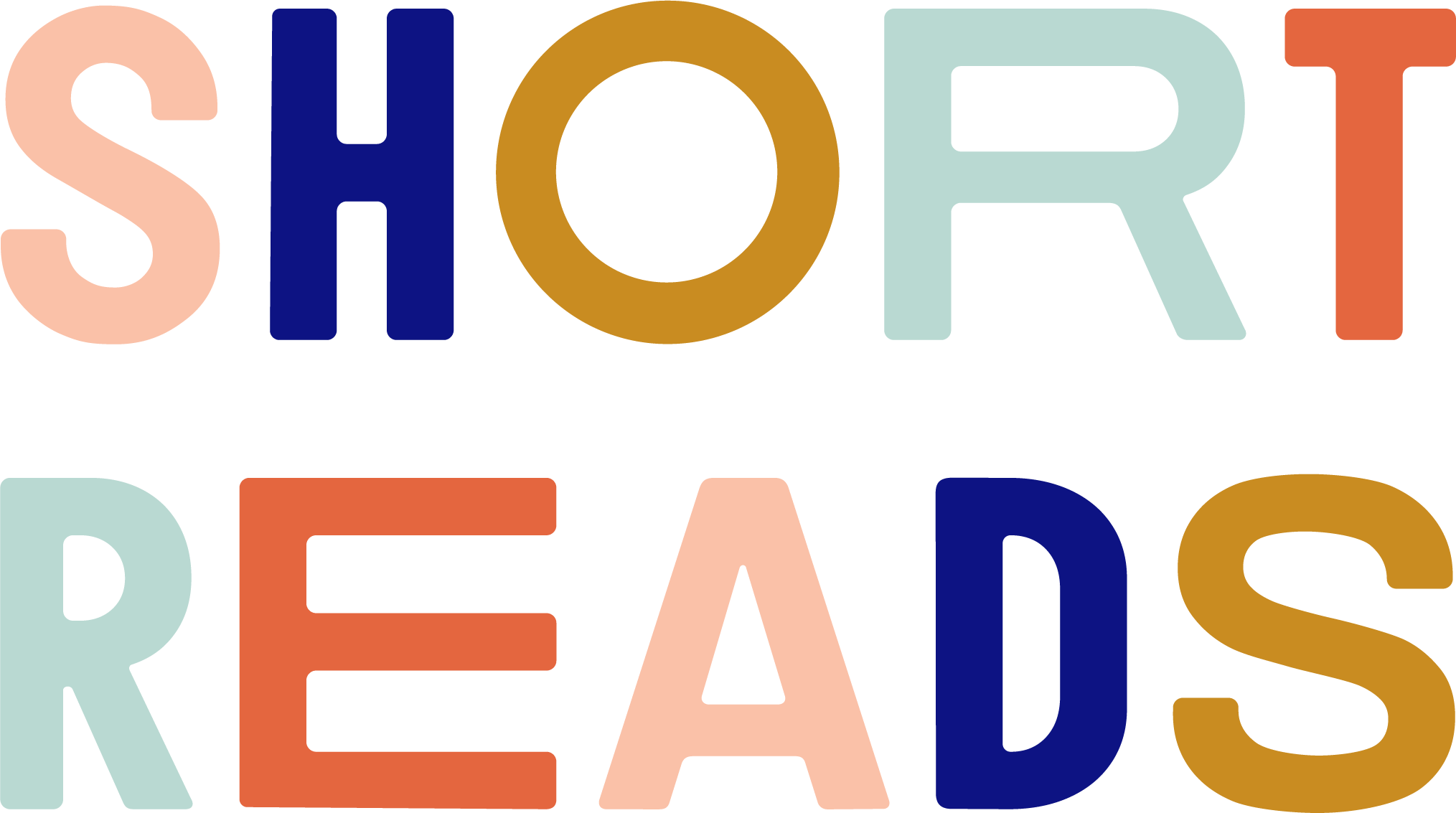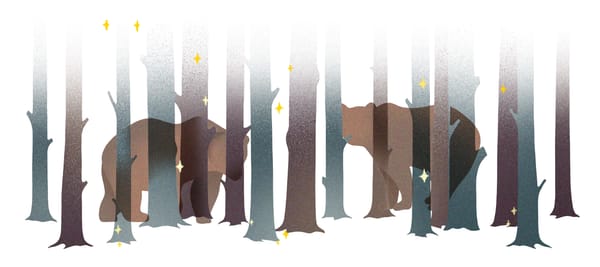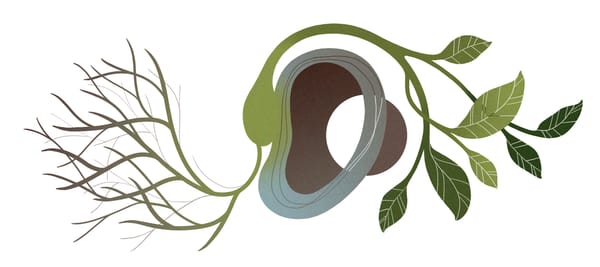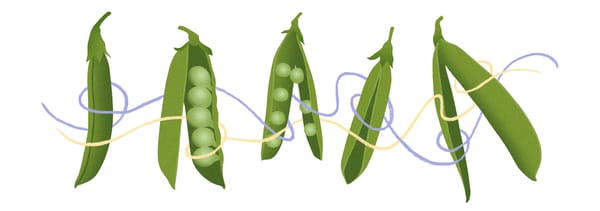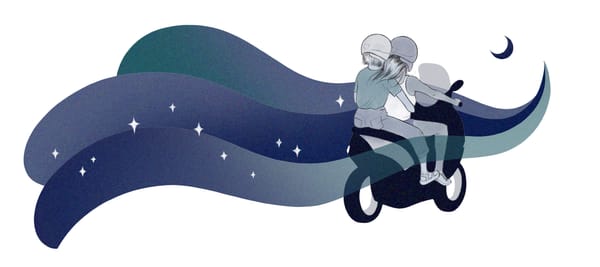Library with Hyacinth, Girl, and Guns
by Sue William Silverman | A still life.

The girl sits behind the circulation desk in the Arts and Recreation section, where she’s worked for more than a year. She mainly checks out popular how-to books for the patrons: how to fix your home, repair your self-esteem, learn a foreign language. Her department is also responsible for record albums, art reproductions, and prints.
Her favorite books are about planting and nurturing flowers.
She, herself, does not grow flowers—only knows how to precipitate their ultimate demise.
She traces a finger across slick paper, touching the petals of a hyacinth. Whispers, hyacinth.
~~~
Later, shelving returned books, she pauses to browse The Modern Pistol and How to Shoot It by Walter Winans, an Olympian. She brings it back to her desk. Published in 1919 by G. P. Putnam’s Sons, it offers instruction on how to operate pistols—from dueling to the fairly new automatic. The not-so-modern book is nearly as old as this Carnegie library, opened in 1911, located in sleepy, dusty Rome, Georgia, more than an hour away from Atlanta. She lives here with her second husband, a professor at a local college. He teaches concepts like ekphrasis and phenomenology, which, despite all the books in the library, she doesn’t understand.
Like flowers, she does not own guns. Just as well. With a gun, especially a modern one, ultimate is more ultimate, and demise is more demise-ish.
~~~
According to myth, Apollo, in sadness and grief, created hyacinths from the blood of his lover, Hyacinthus, whom the god killed accidentally while playing a game of quoits or discus throwing.
Another version of the myth suggests that a jealous Zephyrus, god of the west wind, also in love with Hyacinthus, deliberately blew the quoit off course to slay him.
Futilely, Apollo tried to save Hyacinthus with ambrosia and herbs.
From the photographs in the book, the girl thinks the blossoms seem fragile, though the bulb is poisonous.
~~~
The door to the library is propped open to a slow Southern evening scented with betrayal—a subject, she knows, that needs no how-to.
~~~
Everything is quiet until a man emanating mouthwash and cheap whiskey enters. He asks the girl to play a Johnny Horton song for him. She goes to the shelves of records and locates an album.
The man tries to sing along. But he doesn’t know the tune or the lyrics to “Honky-Tonk Man” or “I’m a One-Woman Man.” He is missing teeth, and garbles the few words he does remember. He seems about to weep. The girl wants to offer him hyacinths. Considers ripping a picture from the book.
The man shuffles off during “The Battle of New Orleans,” not knowing, perhaps, how to express his love for Johnny Horton or anything else.
~~~
Nine p.m. Closing time.
The girl shelves the hyacinths, guns, myths. The room is still, as books harmoniously settle into their proper niches.
~~~
Hyacinths come white, cobalt blue, blood red.
Guns come steel, automatic, silenced.
~~~
Sometimes, sadness is beautiful. In Georgia, for example. On a humid evening. When even lament is sublime.
Sue William Silverman is an award-winning author of seven books, including How to Survive Death and Other Inconveniences, which won the Foreword Indies Book of the Year Award in Autobiography and Memoir and the 2021 Clara Johnson Award. Other books include Love Sick: One Woman’s Journey through Sexual Addiction, made into a Lifetime TV movie; Because I Remember Terror, Father, I Remember You, which won the AWP Award; and The Pat Boone Fan Club: My Life as a White Anglo-Saxon Jew. Forthcoming, January 2024, is Acetylene Torch Songs: Writing True Stories to Ignite the Soul. She teaches in the MFA program at Vermont College of Fine Arts. Please visit suewilliamsilverman.com.
This essay is a Short Reads original.
Support our efforts: ☕ buy us a coffee.
